UV-VIS 2002 XE Spectrophotometer
The Labindia Analytical Dual Beam UV-VIS 2002 XE Spectrophotometer features a Xenon Lamp for optimal performance and low maintenance costs. It excels in precision measurements across various applications, including biochemistry and environmental testing. Advanced functions include multi-wavelength analysis, kinetics monitoring, and customizable methods for comprehensive laboratory needs.
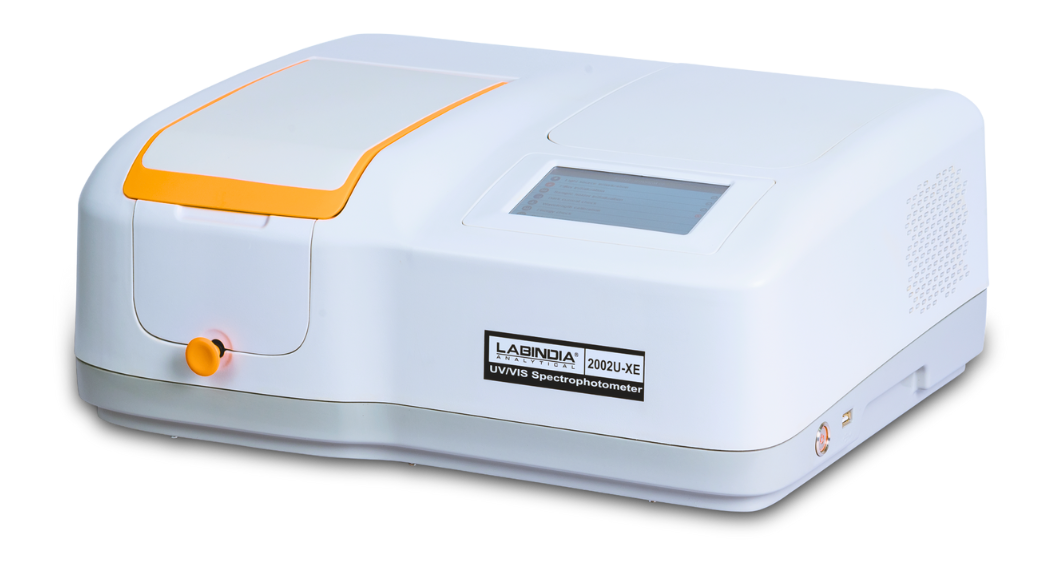
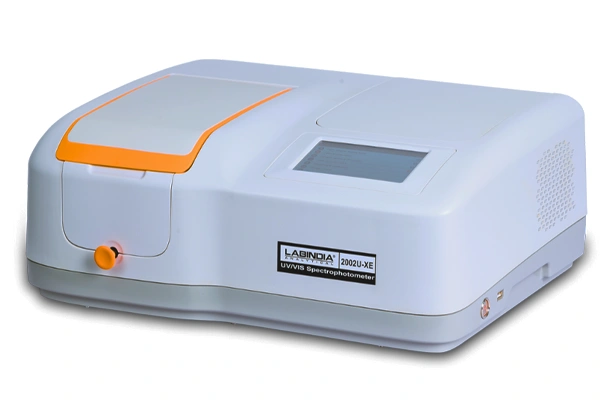
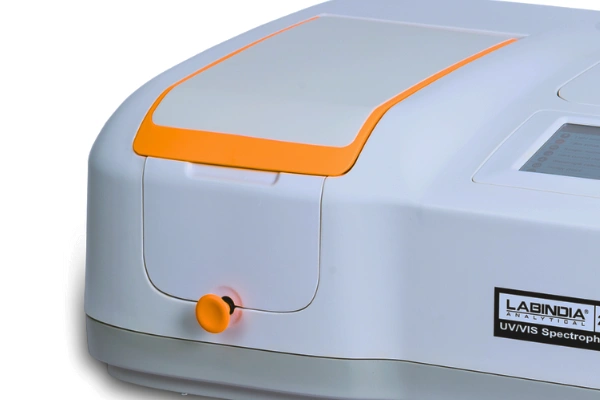
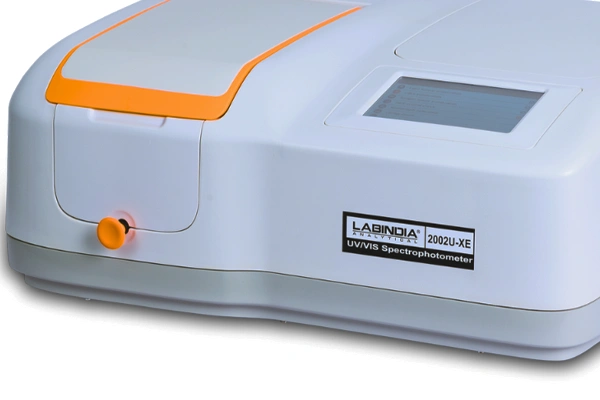
UV-VIS 2002 XE Spectrophotometer
The Labindia Analytical Dual Beam UV-VIS 2002 XE Spectrophotometer features a Xenon Lamp for optimal performance and low maintenance costs. It excels in precision measurements across various applications, including biochemistry and environmental testing. Advanced functions include multi-wavelength analysis, kinetics monitoring, and customizable methods for comprehensive laboratory needs.
VERSATILE APPLICATIONS
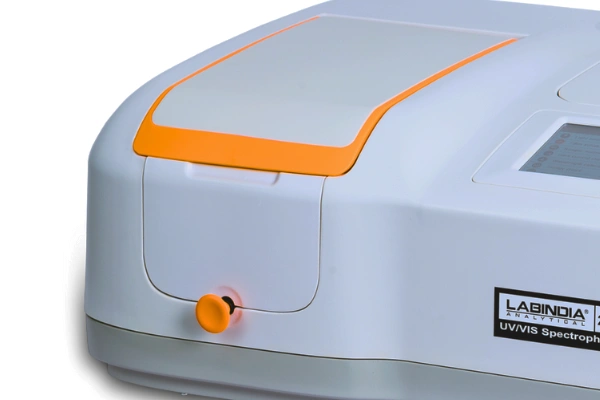

Labindia Analytical's Dual Beam UV-VIS 2002 XE Spectrophotometer with Xenon Lamp is engineered for diverse applications including organic chemistry, biochemistry, medical testing, and environmental analysis. Its high-energy Xenon lamp ensures consistent performance while minimizing operational costs, making it suitable for rigorous laboratory environments.
Key Features
This spectrophotometer facilitates precise absorbance and transmission measurements at defined wavelengths, supports multi-wavelength analysis, and features real-time kinetics for monitoring enzyme reactions. With customizable methods for quantifying DNA, RNA, and proteins, it delivers robust analytical solutions tailored to modern research requirements.
ADVANCED ANALYTICAL CAPABILITIES


